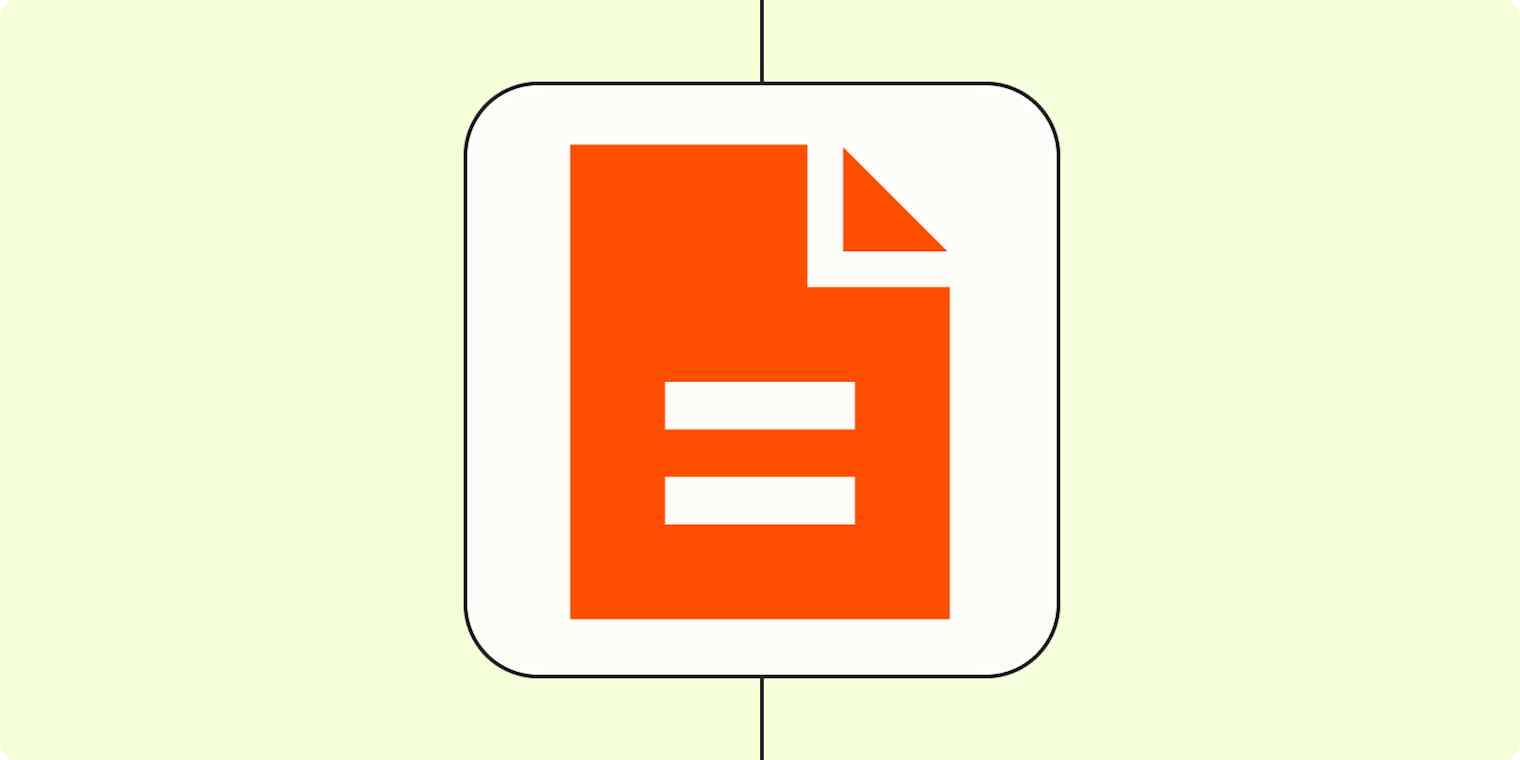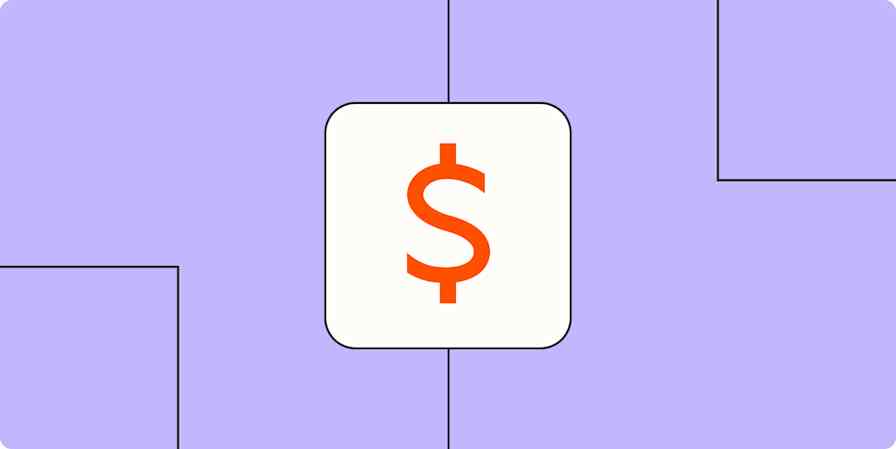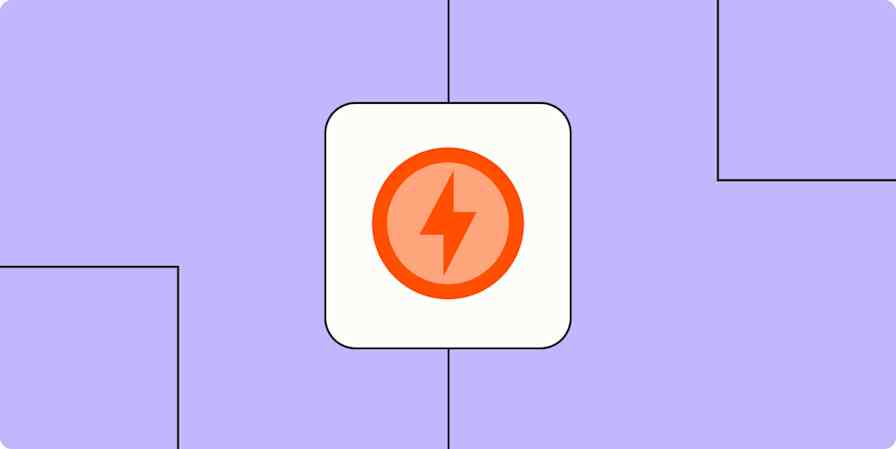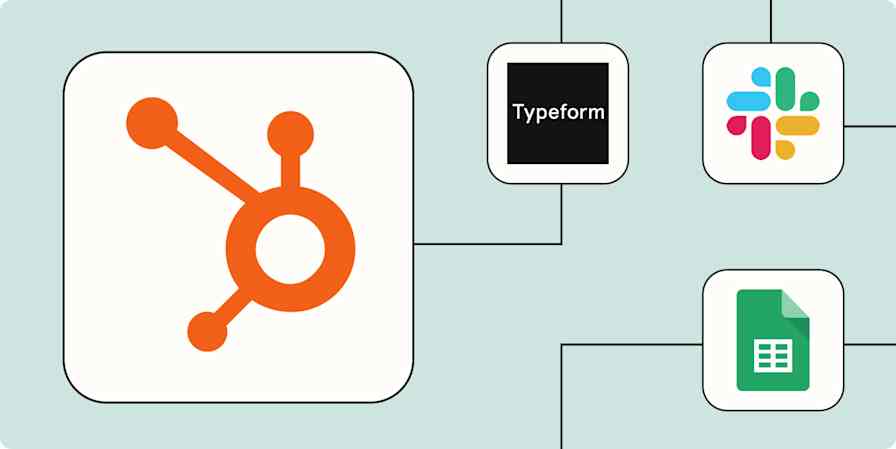Business tips
6 min readSales order vs. purchase order vs. invoice: A guide to sales documentation
By Bryce Emley · September 11, 2023

Get productivity tips delivered straight to your inbox
We’ll email you 1-3 times per week—and never share your information.
Related articles
Improve your productivity automatically. Use Zapier to get your apps working together.









